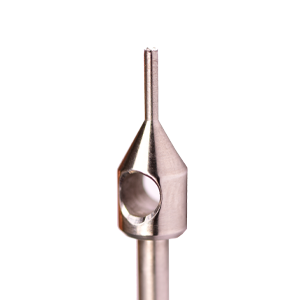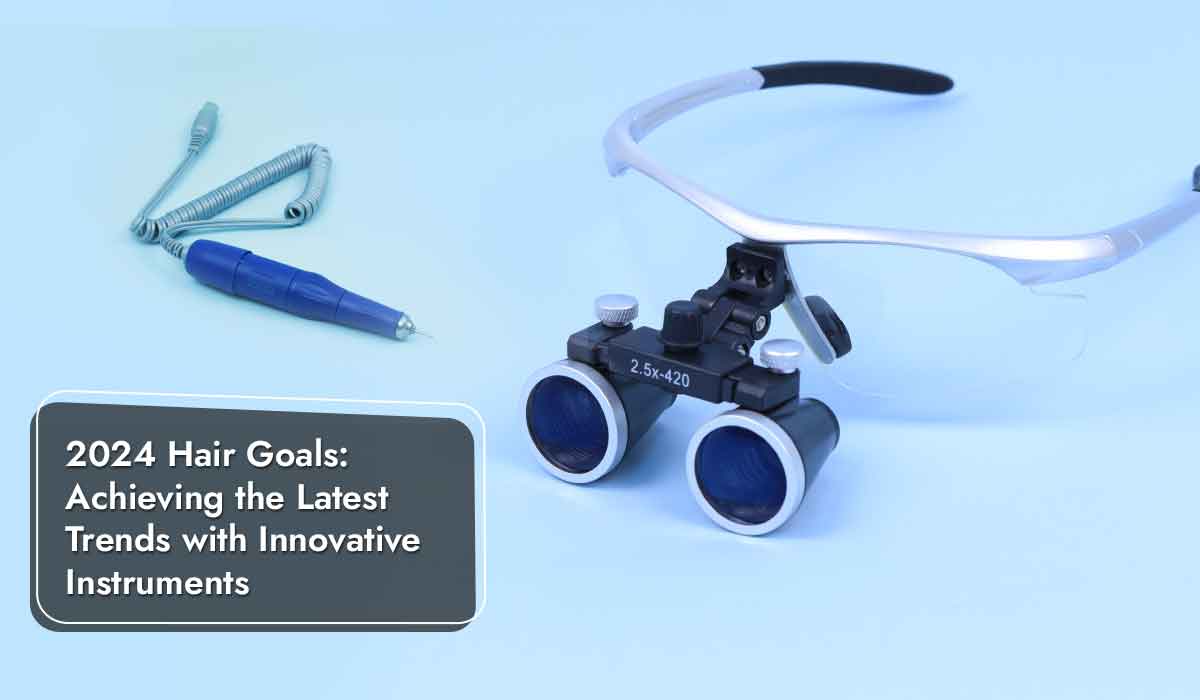The hair transplant industry has experienced remarkable growth over recent years, driven by technological innovations, changing beauty standards, and an increase in awareness about available solutions. In this blog post, we offer an in-depth analysis of this market, which explores key findings about current trends, challenges, and future prospects of this dynamic sector.
hair instruments
Market Research and Analysis: Worldwide Hair Transplant Industry At a compound annual growth rate (CAGR) of 3.6% from 2022 to 2028, the size of the global hair transplant market is expected to increase from USD 3214 million in 2021 to USD 4136.6 million.
Market Overview:
The global hair transplant market has experienced unprecedented expansion, driven by factors like rising rates of androgenetic alopecia, higher disposable income levels, and an increasing emphasis on aesthetic appearance. According to recent market reports, experts expect the industry’s upward trajectory to continue, with a compound annual growth rate projected as being significant over time.
Technological Advancements:
One of the primary drivers of growth in the hair transplant market is technological progress in this area. Traditional Follicular Unit Transplantation (FUT) methods have given way to more precise and minimally invasive solutions like Follicular Unit Extraction FUE instruments in India and robotic-assisted hair transplant procedures, drawing in clients seeking effective yet visually pleasing solutions.

Rising awareness and acceptance:
Shifting social perceptions and increased understanding of hair restoration options have greatly contributed to the expansion of the hair transplant market. The stigma associated with hair loss has decreased, prompting individuals to explore solutions more readily than before. Celebrity endorsements, social media influencers, and success stories shared by satisfied patients have all played an essential part in normalizing the idea of receiving a transplant procedure.
Regional Variances:
The hair transplant market displays regional differences that are determined by cultural preferences, economic considerations, and healthcare infrastructure. In developed economies like the US and EU, for instance, aesthetic procedures tend to be accepted more readily due to skilled practitioners and higher disposable income levels; on the other hand, emerging economies may experience increased interest due to rising disposable income levels or an awareness of available hair transplant options.
Though on an upward trend, the hair transplant industry does face its share of challenges that must be carefully considered. Regulation varies among regions, and standardization in procedures and ethical practices remains an issue; additionally, advanced procedures’ high costs limit accessibility for certain demographic segments, creating obstacles to market expansion.
Emerging Trends:
There are various emerging trends shaping the future of the hair transplantation industry. AI integration for precise Graft chilling machines in India, the use of PRP therapy for enhanced results, and the exploration of stem cell therapies are among those making waves and shaping future procedures while shortening recovery times and improving patient satisfaction.
As the market matures, there has been an apparent shift to more patient-centric services and practices. Clinics and practitioners increasingly prioritize providing comprehensive consultations, transparent pricing models, and personalized treatment plans aimed at creating trust between themselves and individuals seeking hair transplant solutions. This customer-first philosophy contributes greatly to overall positive experiences for individuals seeking hair transplant solutions.
Future Prospects: The hair transplant market holds great promise, with ongoing research and development efforts focused on refining existing procedures and discovering novel methods of hair restoration. Market players are investing in expanding geographical presence, collaborations with healthcare professionals, and strategic partnerships that leverage collective expertise for mutual gain while strengthening service offerings.
Conclusion:
The best hair transplant market is currently experiencing a transformative phase characterized by technological innovation, shifting consumer attitudes, and an emphasis on offering effective and personalized solutions. As this industry evolves further, addressing regulatory hurdles, assuring affordability and staying abreast of emerging trends will become increasingly critical in maintaining growth while fulfilling individual hair restoration needs The hair transplant market’s key findings demonstrate both its viability and potential for further innovation, making hair restoration accessible and cost-effective for more people than ever before.

 FUE Punch – best hair transplant punch
FUE Punch – best hair transplant punch











